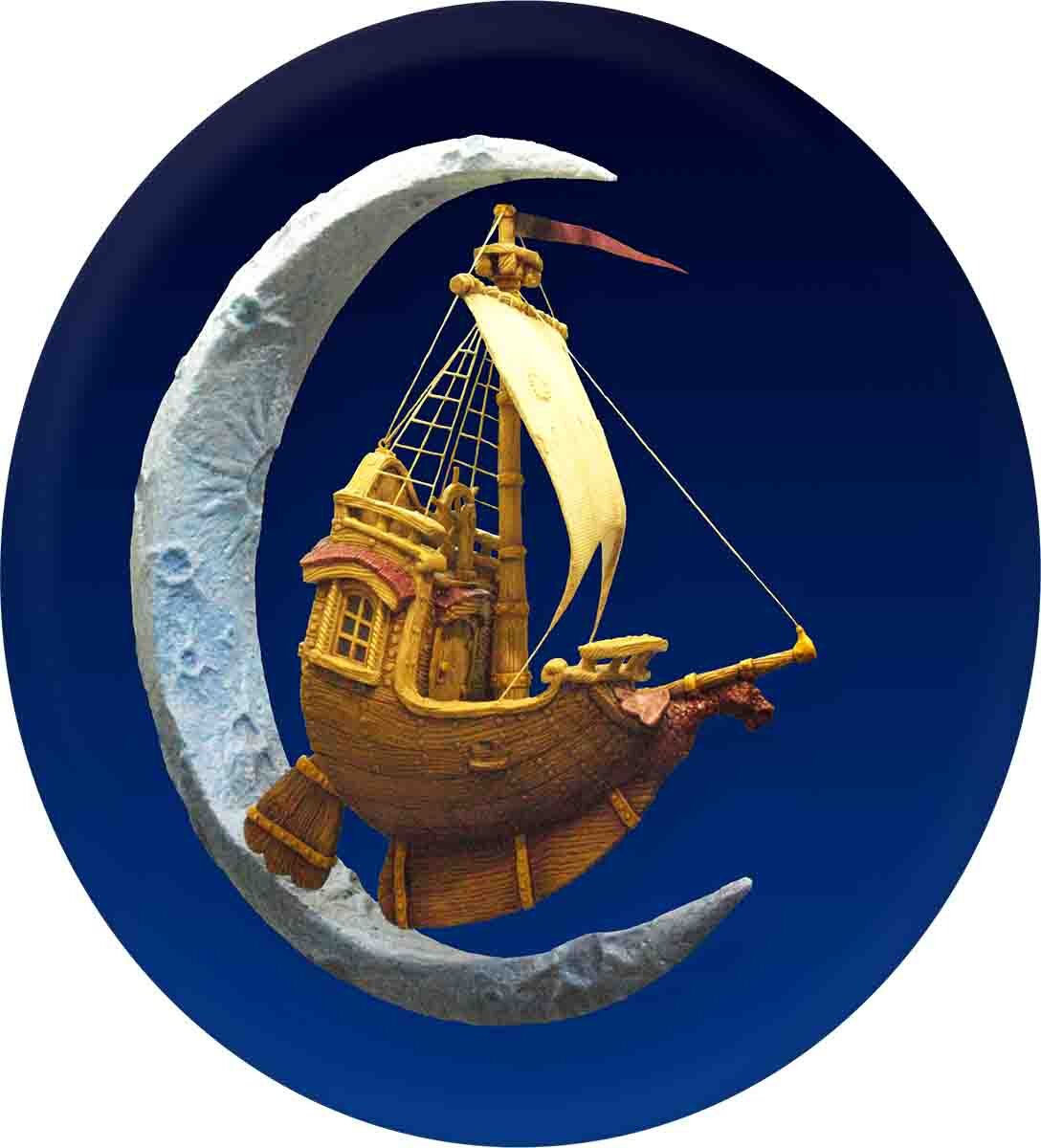The Hazelnut Inn’s back wall consists of a large section of aged plaster. We finished the wall in a bright mustard yellow which consisted of a blend coat and an overall glaze. Then, we aged it down using a second glaze.
Blend Coat Basics
As Juniper demonstrates here, one of the most basic blending techniques it to use a darker colour around the edges and a lighter one in the middle.
Black Forest - Part 5
The bulk of the Back Forest sign is built, but we still need to make the knight who stands at the centre of the sign. We decided to sculpt them in epoxy… or rather, sculpt the armour. The knight’s basic shape was cut on the CNC router. We didn't need anything too fancy, just a quick and dirty body shape. Furthermore, we only needed the torso, head, legs and biceps. The modelled the rest with the sculpt. Arguably, the CNC router was not necessary for something so basic, but since we are making two knights, routing the basic shape gives us an easy way to make both knight’s basic proportions identical.
We clipped down the sign illustration and brought it into EnRoute, to use as a pattern. It is important to remember to keep the knight (or any figure you are doing) a little on the skinny side — you need to allow a little room for the skin of sculpt over the armature.
With the vector shapes completed, We used the dome relief tool (set at 90 degrees) to form the head, arms, legs and feet.
The body was also done with the dome relief tool (but set at 75 degrees). We tried 90 degrees but it made it too tall.
Our little man is very stiff but happily, this suites a suit of armour!
Next we created a zero height relief and used the merge lowest tool to clip the bottom of the spheres I had created for his feet.
After this, we created an offset around each piece and combined the vectors. We used this shape to create a zero height relief and merged the body shape to it. Then we duplicated the body and flipped it to form the back side of the figure. This fit inside a 2.5" thick HDU board.
Finally, it was time to tool path the piece and send it to the router. Since it was going to only be a basic form over which we would sculpt the figure, we didn't need detail or smoothness.We opted to route it with a 3/8" ball nose bit and a 75% overlap.
Once the pieces were routed, we glued them together in preparation for sculpting.












